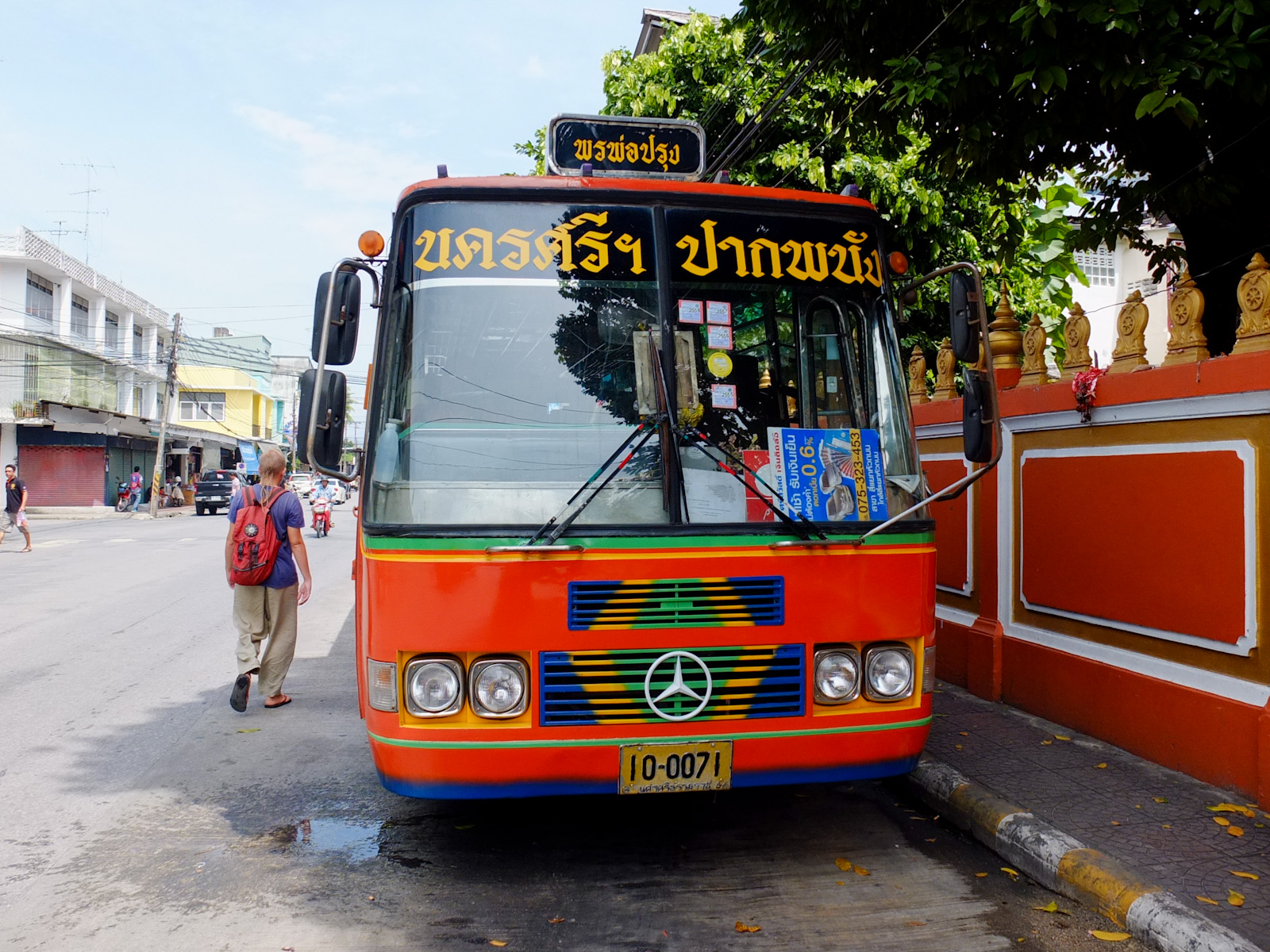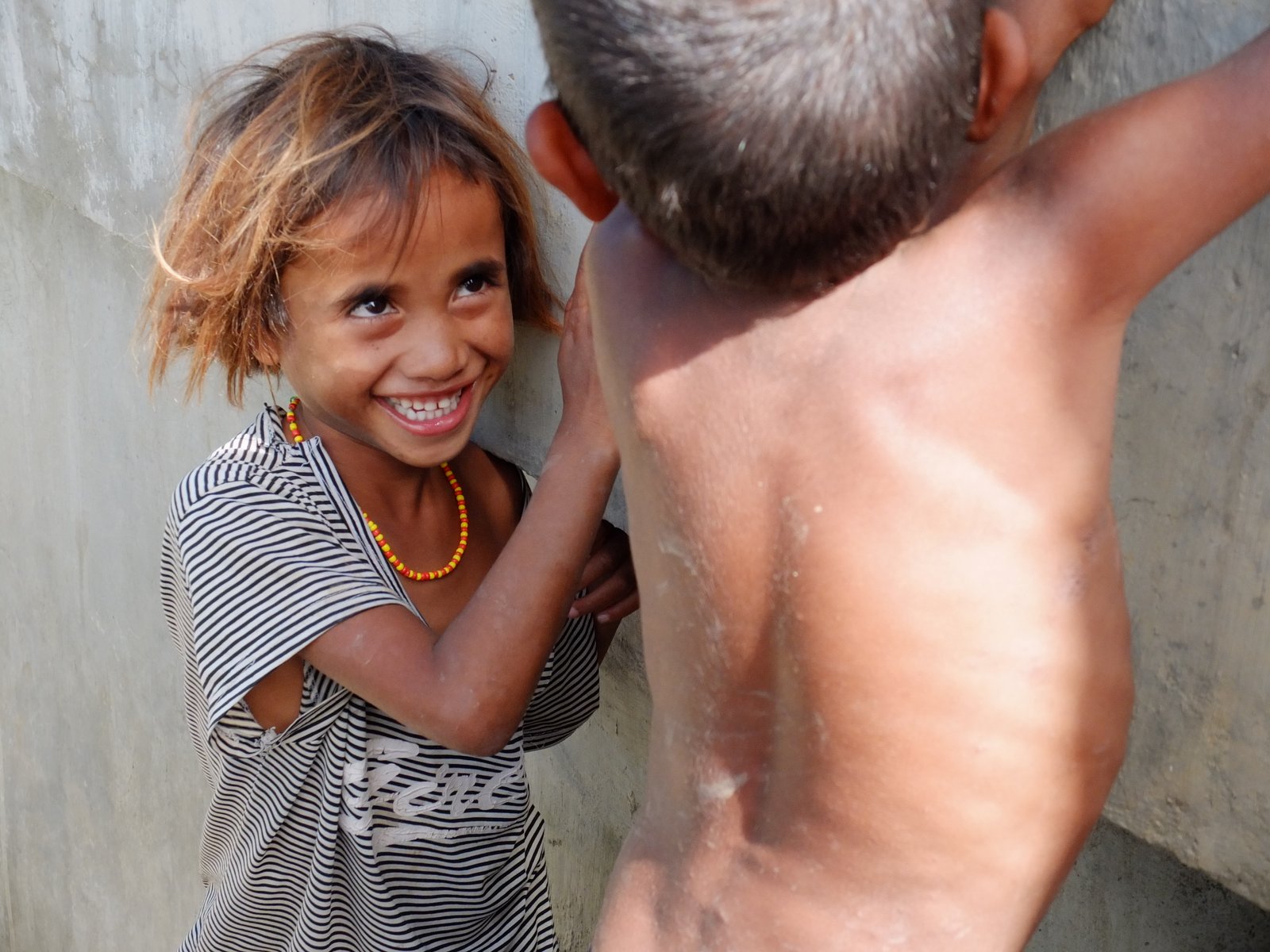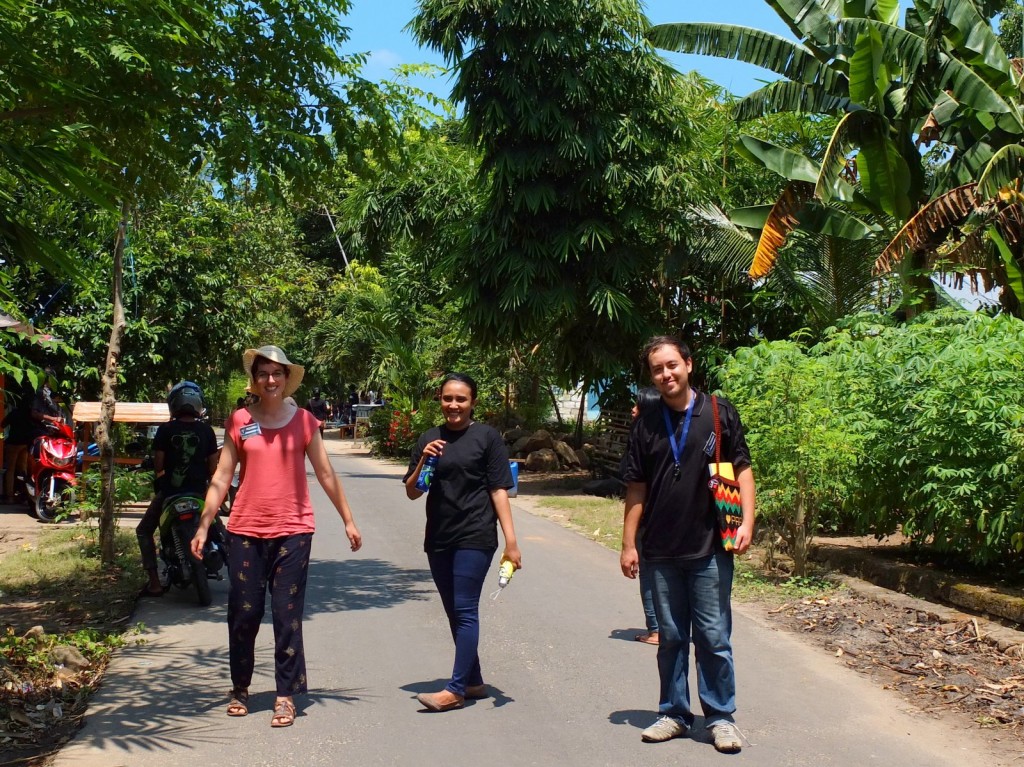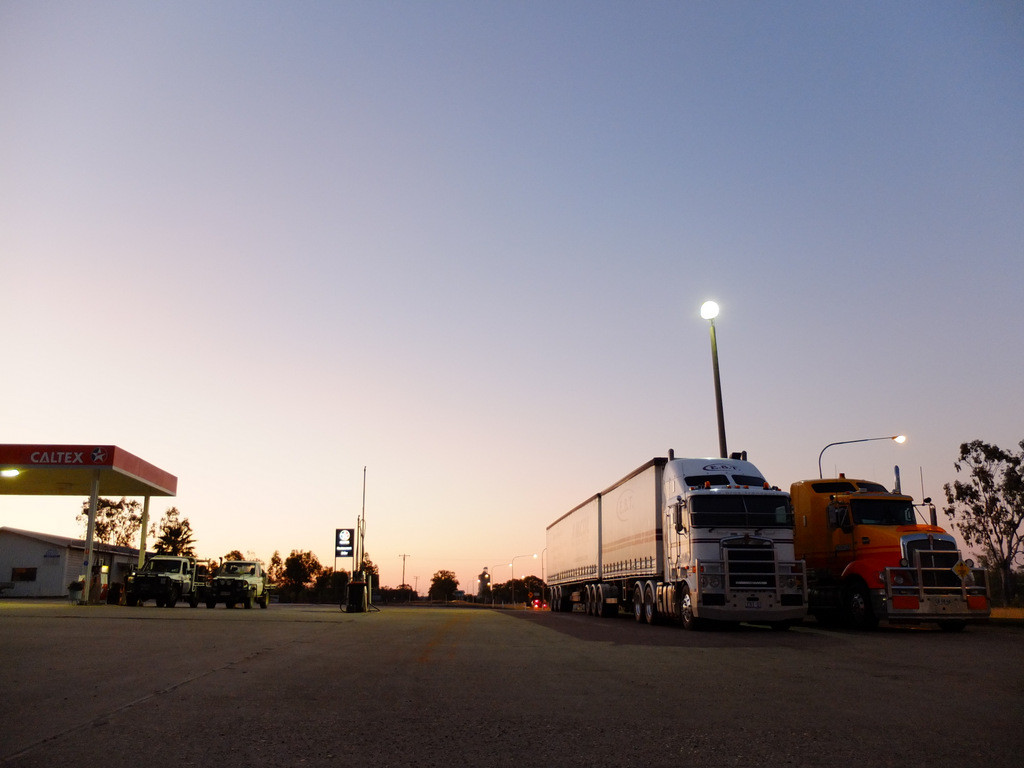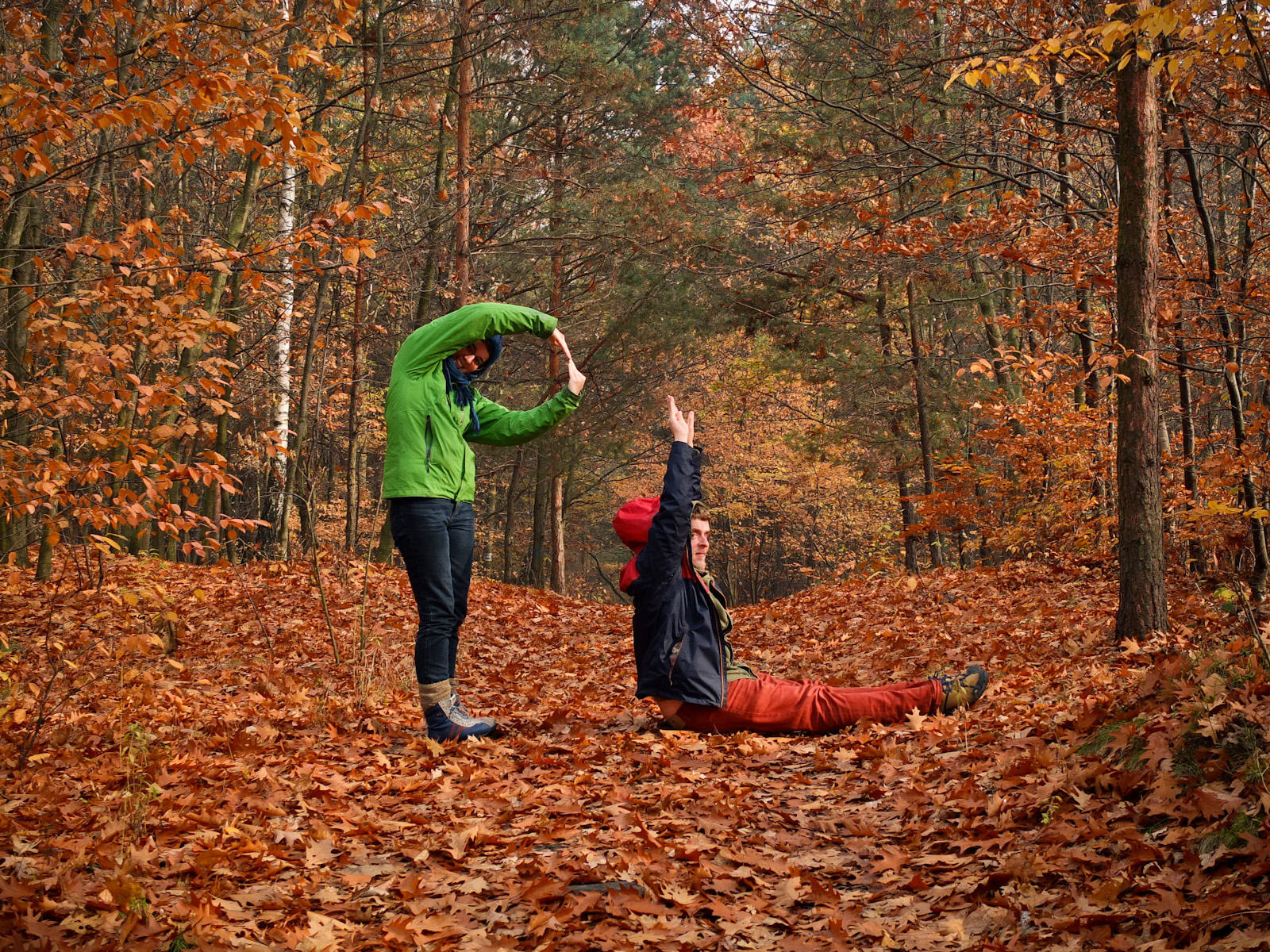
Tag: population
Sabu Island
While we at DTT are busy organising a visa for Wendy in Europe and planning the project’s future; We would like to kick-off 2016 with our first guest article by our dear friend Nick Metherall. Nick has spent several years living, studying and volunteering in Indonesia, during which time his heart was captured by Eastern Indonesia’s Nusa Tenggara Timur (NTT, ‘Southeastern Land’s East’). Nick is a specialist in the remote region, often neglected by politicians, international markets and researchers alike. Nick was an absolute wealth of knowledge for our journey through Indonesia, putting us in touch with some truly amazing communities and families. Eastern Indonesia is one of the most special places we visited in our journey and thanks to these connections, we were able to dive into the depths of its complexities. While we are still finding the words to describe our experiences in the region, we know we’ll be returning to this topic again. We wish to stress that this is a most fascinating place, because of the cultural diversity of the region from which there is so much that can be learnt, not to mention its picturesque beauty. As Australia’s closest neighbour, Eastern Indonesia certainly deserves a greater focus. But let’s hear Nick’s voice first…
Almost exactly a year ago I was on the small island of Sabu Raijua, in Eastern Indonesia. Far off the beaten track, Sabu is located southwest of Kupang, Timor and northwest of Darwin, Australia. This is one of the driest and most remote islands in the province of East Nusa Tenggara and Indonesia more widely. Through visiting Sabu I learned a great deal about how the small-scale farming communities in such rural areas are able to survive the challenging conditions of living on one of the driest islands of Indonesia. I also had some adventures along the way which involved riding my motorbike all around the semi-arid island, staying in villages and farms, learning of sabu sugar and even a bomb scare…
[codepeople-post-map] Continue Reading →
Western Mongolia – Practical Guide
Having decided to go through the west of Mongolia instead of Ulaanbaatar, we didn’t really know what to expect – there was not much information online. Hence, we thought it could be very useful for future travellers coming this way to have some practical information available online. But don’t worry, if you’re not going that way, this post won’t bore you with dry facts – you’ll learn about the fascinating reality of Mongolia!
25 photos to make you re-think China
China is often shrouded in stigmas and stereotypes. From the outside heading in, I had an idea of what I expected to see. However, we found China to be a massive and multifaceted place, full of surprises. Here, we’ve selected some images that might help shift your thinking or broaden your perspective of China 2015.
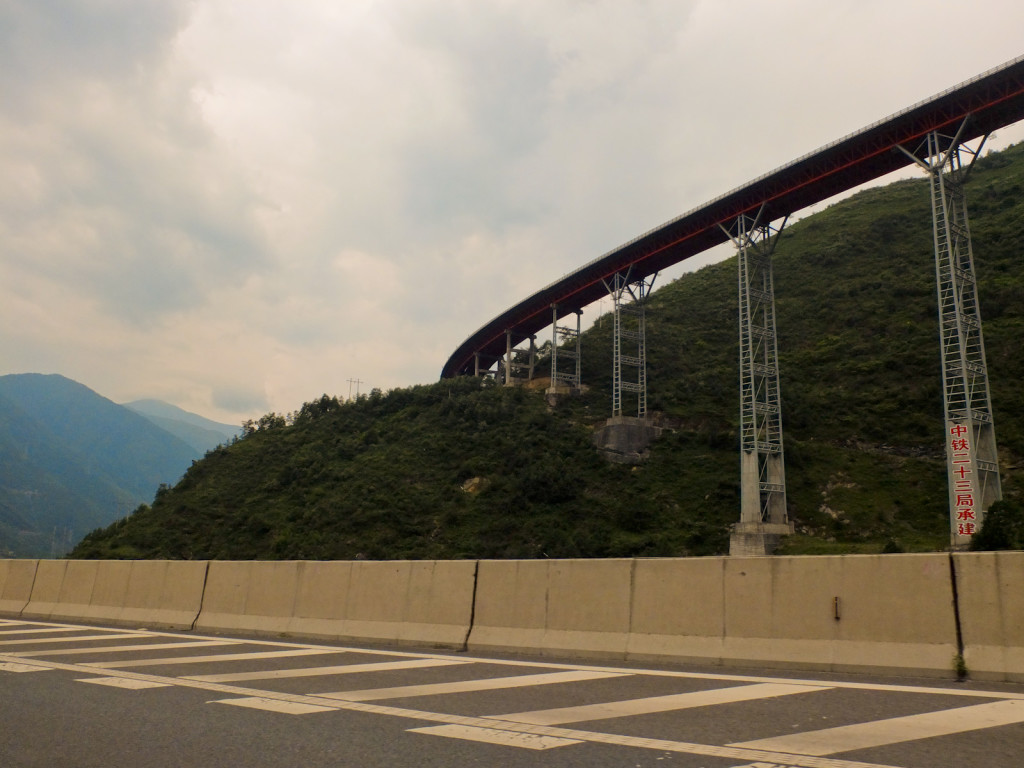
1. Highway, Yunnan Province: The roads in China are breathtaking works of engineering. Entering from Laos, where the road is so muddy our bus was often going up hills sideways to avoid bogging, the contrast was stark. In China, mountains and valleys are no obstacles: the road continues straight, tunnelling through the mountains and bridging over valleys, for kilometers, if that’s what it takes. The roadside reading “Continuous downgrade for next 54km” is probably not in existence anywhere else in the world. They have special emergency breaking areas for trucks when breakpads get too hot on the constantly angled declines.
MITRA
We want you to meet our friends from eastern Indonesia. They’re a student organisation called MITRA, or ‘partners’ in Bahasa Indonesia. It stands for Mahasiswa Indonesia Timur Relasi Asing, or East Indonesian Students Foreign Relations Society. Their goal? To empower the students of East Indonesia. After travelling East-West across Indonesia, I understand why MITRA’s work is so important.
From the outside, Indonesia seems to be another Muslim, South East Asian country. But it’s actually a complex and extremely diverse “empire” ruling over many different nations and regions, with differing languages, customs and even climates. This is a country made up of more than 17000 islands! I didn’t realise before arrival that Indonesia is the world’s 4th largest population! However, 58% of these people live on Java – the most densely populated island in the world. This skewed population density makes for inequality of resources, as allocated by the central-focused government.
Aussies
More than anything else, Aussies (as Australians call themselves) are an incredibly nice and relaxed nation. In Aussie English the one and only popular answer to sorry, thank you, please, and practically anything else is, the ultimate Australian expression – no worries. And they indeed do not have much to worry about.
Thriving economy, reasonable social welfare, pleasant weather (in most inhabited areas) and a relatively peaceful multiculturality ensure that most Australians can just focus on enjoying their lives.
Roadhouse Blues: eating behaviours of Central Queensland
To save up dollars for future adventures, we found ourselves cashing up in an outback roadhouse. A ‘roadhouse’ (apparently the concept is not universal) is a glorified truck-stop: a large petrol station, stocking a few, overpriced supermarket lines & housing a kitchen, turning out steaks as big as your face & fast-food fast, to get those travellers back on the highway asap. A place where the whole family can ‘break the journey’, get out of the car, stretch those legs, use the facilities and hopefully (at least for the establishment) part with some money. In Australia, where that journey could be a 12 hour drive, a place to break the journey is pretty necessary. Even an overpriced roadhouse that hasn’t changed since 1982, with only a patch of grass kept green by daily watering, can seem like an oasis. Or so we were told…
Australia as a country
Australia’s really upside-down. The sun shines from the north, the stars are upside-down, mammals carry bags on their bellies, trees loose bark in the winter which takes place during the summer and wine is cheaper than beer. But is it really such a different place?
Before coming here, I had a vague image of Australia as of a major modern country with big cities, skyscrapers, happy people, fascinating nature, Aborigines, kangaroos, surfers… I knew it occupies a whole continent, so I was automatically assuming it’s a kind of empire of its own – like a less expansive version of America. I was expecting a really big nation, strong, proud of their achievements; I was expecting a country with dense infrastructure, with big, modern cities comparable to Paris, Berlin, New York, Singapore. Cities with extensive public transport, modern museums, state of the art infrastructure, clubbing, parks, all the things you expect from big, vibrant contemporary cities. Also, I was expecting a network of smaller cities like Leeds, Lyon, Dresden, Helsinki, with their less vibrant yet still lively faces.
I was expecting a strong national psyche, I was expecting many people being ignorantly closed (as citizens of empires tend to be), welcoming me to their great continent-state. I was expecting a nation too big, strong and busy to pay attention to some guy from Eastern Europe.
Well, I was quite wrong.
Continue Reading →

